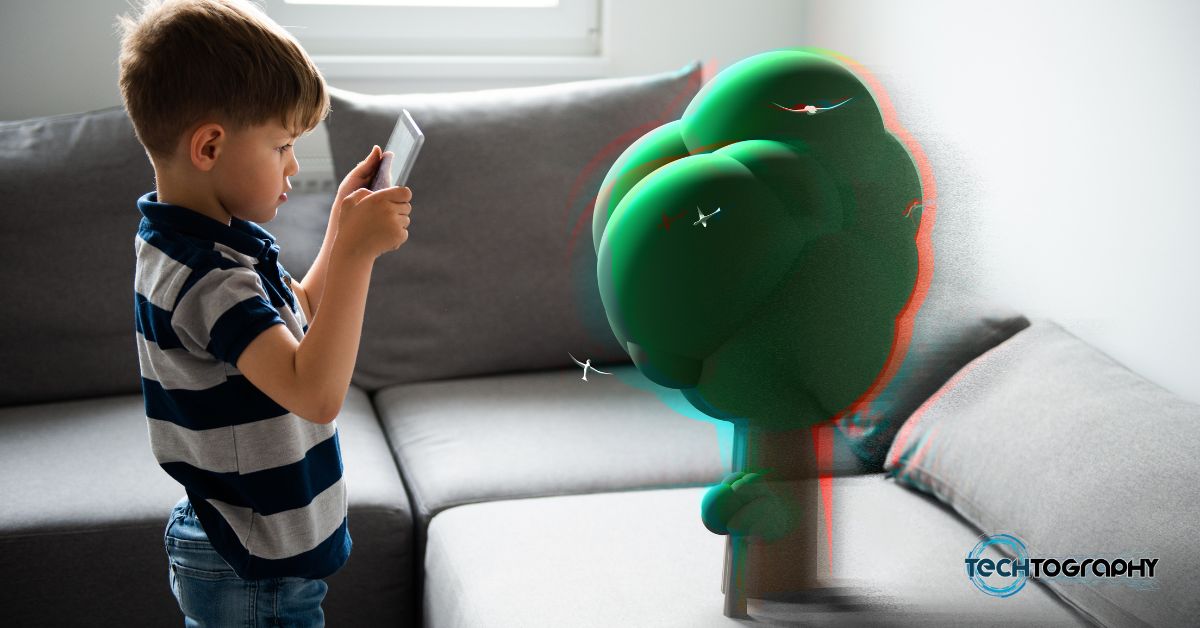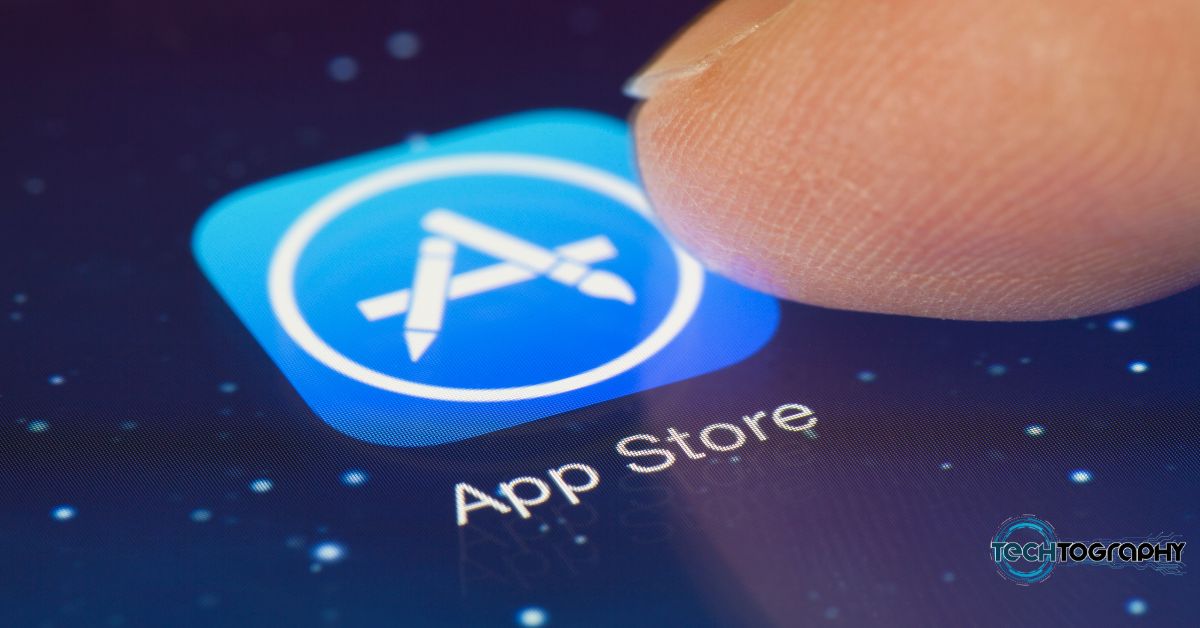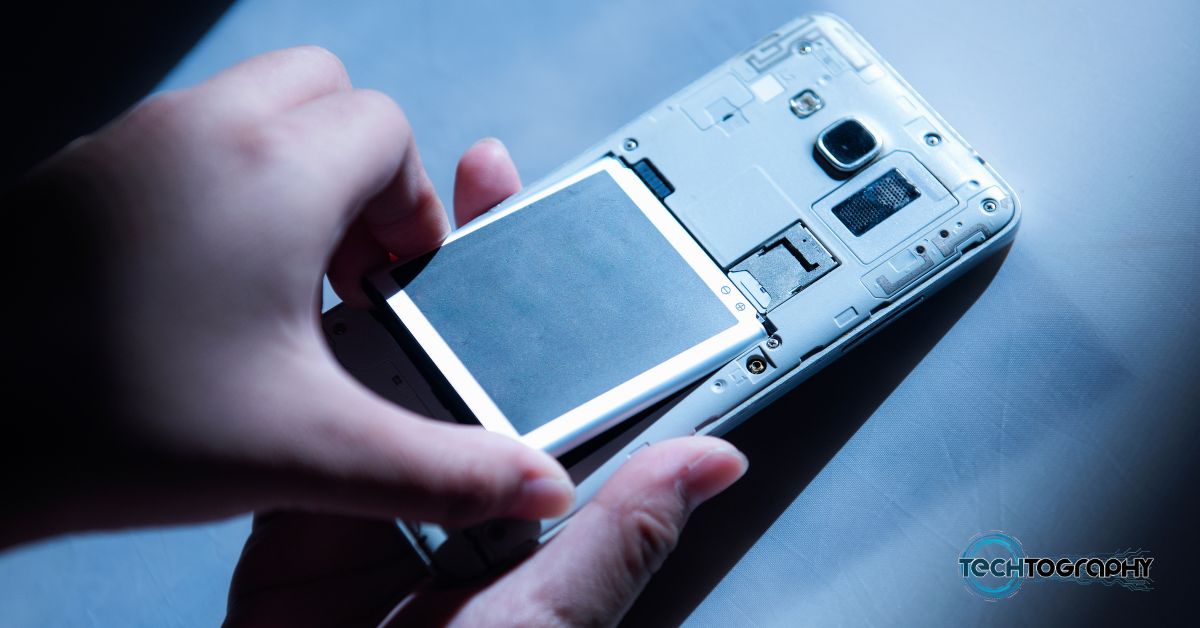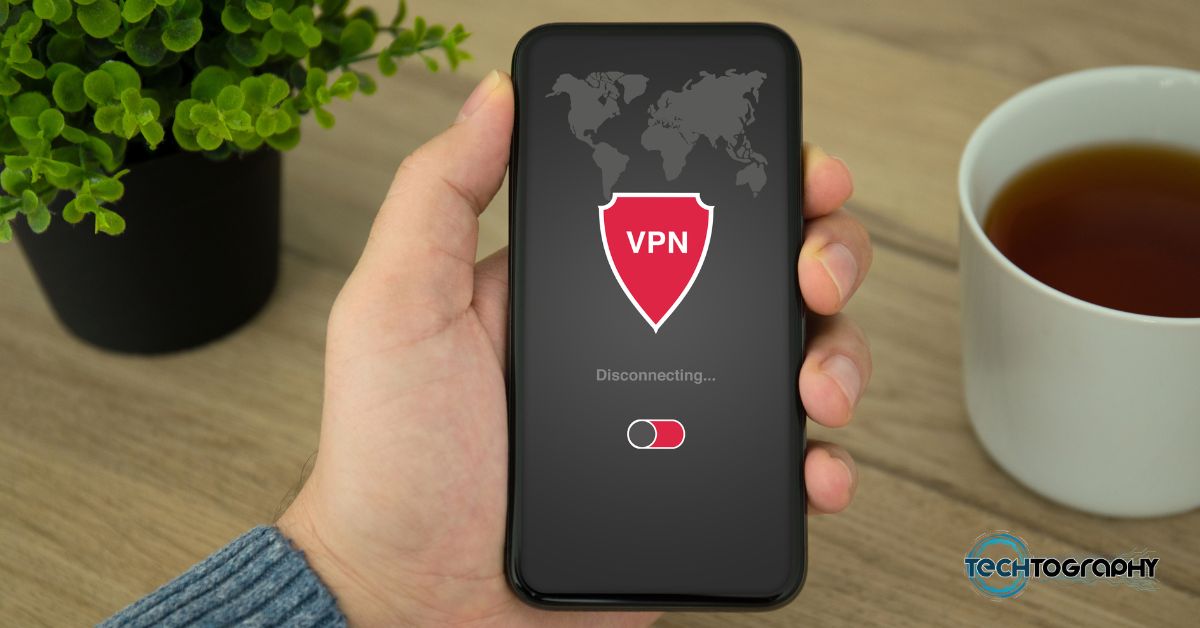Augmented reality in education is a game-changer that has the potential to revolutionize learning by creating engaging and interactive experiences. As technology advances, educators are exploring innovative ways to make lessons more captivating and effective. By integrating augmented reality (AR) into classrooms, students can immerse themselves in a world of enriched educational content. This article delves into the transformative impact of augmented reality in education, discussing its benefits and real-world examples.
The Power of Augmented Reality in Education
Augmented reality in education bridges the gap between traditional learning methods and the digital age. By overlaying digital information onto the physical world, AR offers an immersive experience, making learning fun and exciting. Here are some ways AR can benefit the education sector:
- Enhanced Learning: Augmented reality in education offers a more engaging and interactive learning experience. AR applications can help students visualize complex concepts, making them easier to understand.
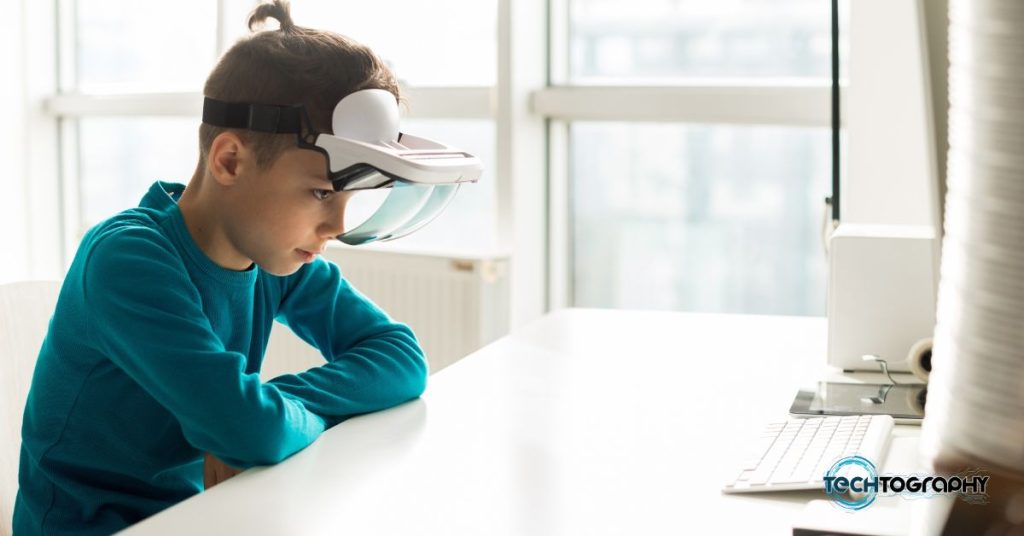
- Improved Retention: Research shows that immersive learning experiences can improve knowledge retention. Augmented reality in education can help students retain information longer, making them more likely to succeed academically.
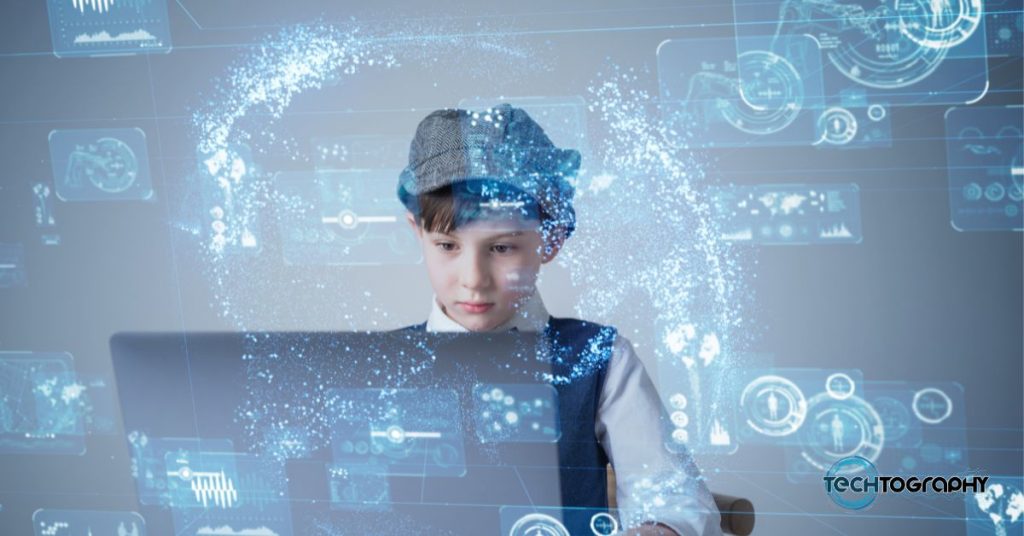
- Personalized Learning: AR enables educators to create tailored learning experiences for individual students based on their needs, interests, and abilities.
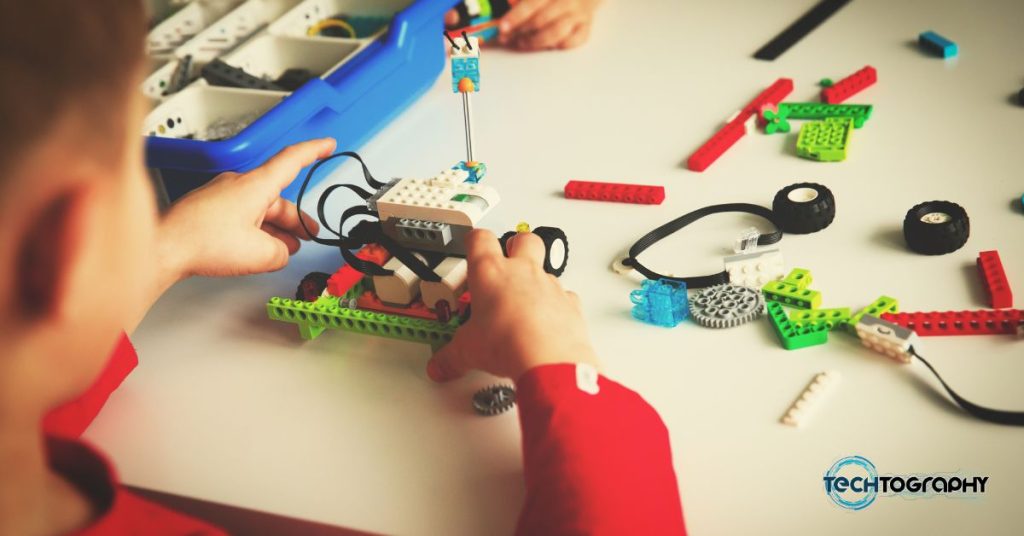
- Encouraging Collaboration: Augmented reality in education promotes teamwork and collaboration among students, making group projects and activities more dynamic and effective.
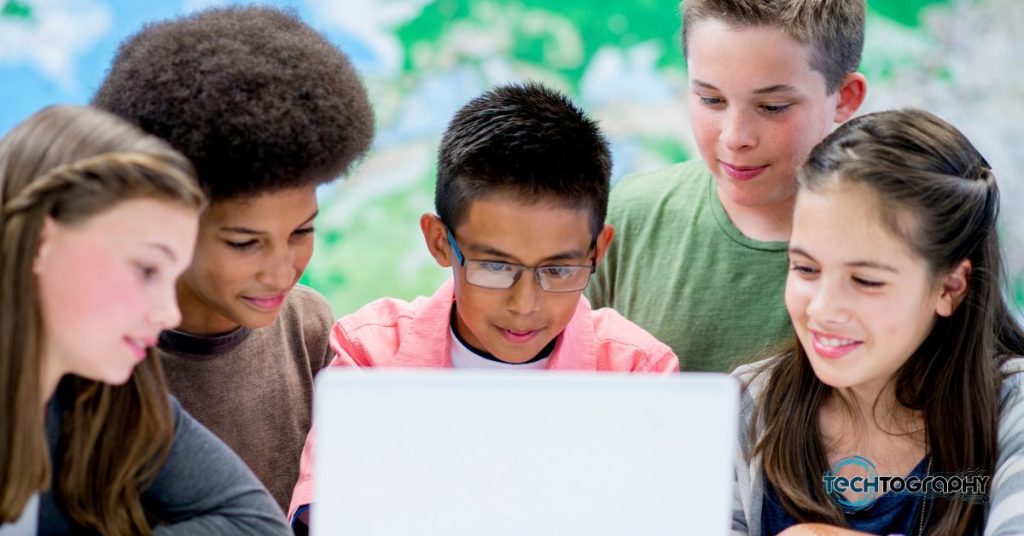
- Motivating Students: By incorporating AR into their lessons, educators can tap into students’ natural curiosity and love for technology, increasing their motivation to learn.
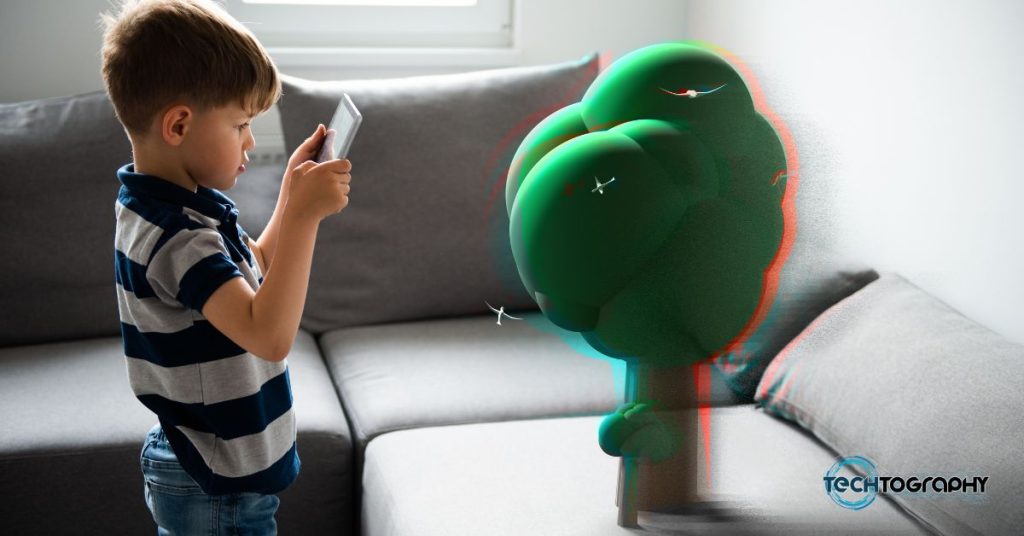
Real-World Applications of Augmented Reality in Education
As the use of augmented reality in education continues to grow, numerous institutions have started implementing AR technology to enhance learning. Here are some real-world examples:
- Google Expeditions: Google’s AR app, Expeditions, allows teachers to take students on virtual field trips using their smartphones or tablets. Students can explore historical sites, museums, or even outer space, all without leaving the classroom.
- Labster: This innovative platform provides virtual laboratory simulations for science education. Labster allows students to conduct experiments in a safe and controlled environment using AR, helping them develop essential skills and understanding.
- Anatomy 4D: With the Anatomy 4D app, medical students can gain a better understanding of human anatomy by visualizing various body systems in 3D. The app overlays digital information onto a physical image, allowing students to interact with and explore the human body in detail.
- AR-Enabled Textbooks: Some publishers are now producing AR-enhanced textbooks, adding an interactive layer of information to traditional print materials. By scanning pages with a smartphone or tablet, students can access videos, 3D models, and other multimedia content related to the topic.
- Augmented Reality in Special Education: AR technology is also being used to support students with special needs. For instance, the app Proloquo2Go uses AR to help non-verbal students communicate more effectively by offering a visual language system.
Conclusion
Augmented reality in education is transforming the way students learn and engage with educational content. By making learning more interactive, immersive, and personalized, AR has the potential to significantly improve student outcomes. As technology advances, the implementation of augmented reality in education will likely become more widespread, offering new and exciting opportunities for students and educators alike.
